
Architecture
Arts
Antiques
Design
Gifts
Home Decor
Interior Design
Green
Food&Wine
Rooms
Textile
Travel

In June 2008 the doors of Reichsbahnbunker Friedrichstrasse in Berlin were reopened as the permanent home to The Boros Collection. The building, a former state railway bunker, has what one might call a colorful historic past, and conversations with the iconic art collectors behind this endeavor give insight into the future for art at "The Bunker."

A visit to the Boros Collection, which is open to the public on weekends by appointment, is an encounter with two disparate tales that have grown intricately entwined. There is the the collection itself, both testament to a progressively minded couple, Christian Boros and his wife Karen Lohmann, and to the creative ingenuity of the works which have redefined Contemporary Art over the past two decades. There is also the building, a monumental space with a storied past. Located in the former East Berlin neighborhood of Mitte, The Boros Collection is a historical statement and a complimentary addition to its numerous neighboring art institutions. Offering an earnest and cohesive survey of the current artistic fields of New Media and Social Practice, The Boros Collection's contribution to cultural history is both pioneering and pivotal.
The Boros Collection includes over 500 works by artists such as Damien Hirst, Olafur Eliasson, Elizabeth Peyton, Wolfgang Tillmans, Anselm Reyle, Manfred Pernice, Tobias Rehberger, John Bock, Wilhelm Sasnal and Michel Majerus. It has comprehensive parcels of works by 57 artists. Organized without a curator, the majority of the works were installed and staged by the artists themselves. Each work interacts with the unconventional space in a way that makes both the artist's and bunker's voice more their own. The co-existence of art and environment expands beyond the harmonious to a relationship beneficial to both elements. Viewers, regardless of personal taste, experience a place where the artistic dialogue is at the forefront. The Boros Collection serves as a needed platform for pertinent conversation.
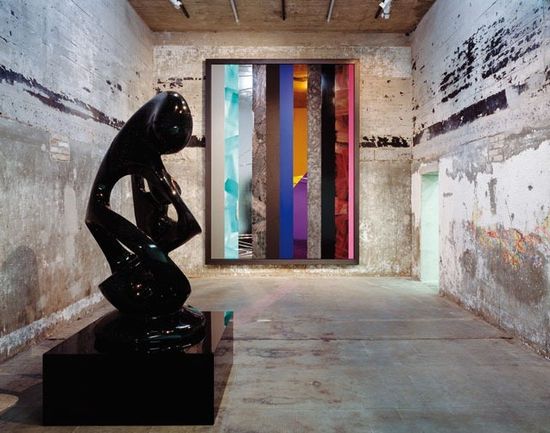
Anselme Reyle: Untitled, bronze, chrome, varnish
Anselme Reyle is a German artist who lives and works in Berlin.
NDT: What is the importance of the continual support of certain artists?
KL & CB: If we decide to collect an artist we want to go into depth with his/her works to understand different aspects and approaches in practice. We like to support the artist and follow the development in the work.
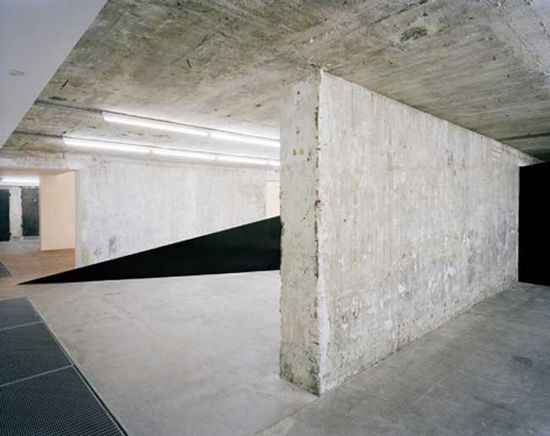
NDT: What do you see as The Boros Collection's role in archiving today's contemporary art for future generations?
KL & CB: Our space is not a museum. We do not focus on archiving art. The guests visiting our collection will hopefully have some insights into understanding the present times. Maybe future generations will understand their present in view of the past.
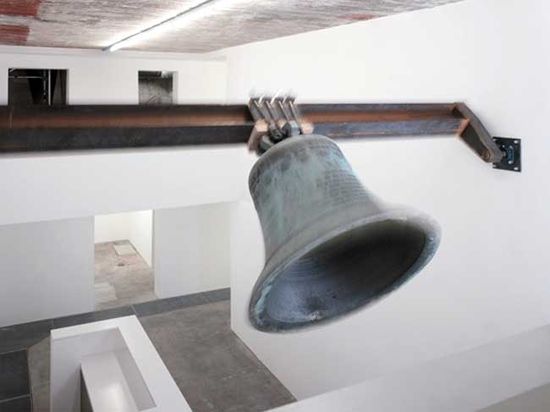
Kris Martin, For Whom, 2008
Kris Martin, born 1972, lives in Ghent, Belgium.
NDT: A majority of artworks at The Boros Collection are comprised of environments and technology. How do materials incorporated in Social Practice and New Media differentiate contemporary art from that done in traditional media?
KL & CB: We can always find a space on the wall to hang a painting. With new, large-scale installations, site-specific works or film – it is more difficult. Not only to install the works but also to store them. Collectors who like to see the works have to deal with the question of whether there is the space and the technical requirements necessary to install the works.
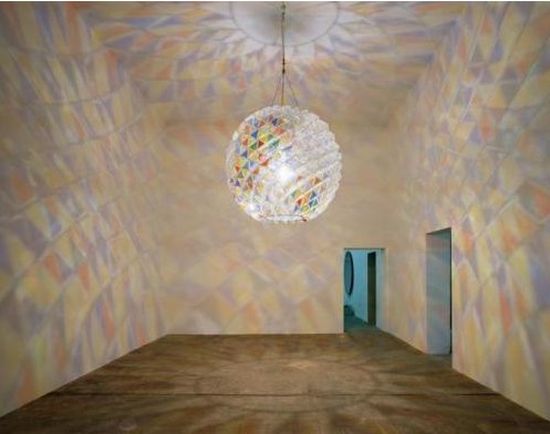
Olafur Eliasson, Berlin Colour Sphere, 2006
Olafur Eliasson is a Danish artist born 1967 in Copenhagen.
He founded his own art studio in Berlin in 1995. He currentlyworks with a team of 35 people.
NDT: The collection is housed in a building that has been redefined over the decades. The artworks exemplify changing perspectives and embody new possibilities. What is upcoming for The Boros Collection at the Bunker?
KL & CB: We will show works from the collection, a combination of recent acquisitions like Thomas Saraceno and Klara Líden – but also paintings from the Nineties, for example Thomas Scheibitz and Franz Ackermann.
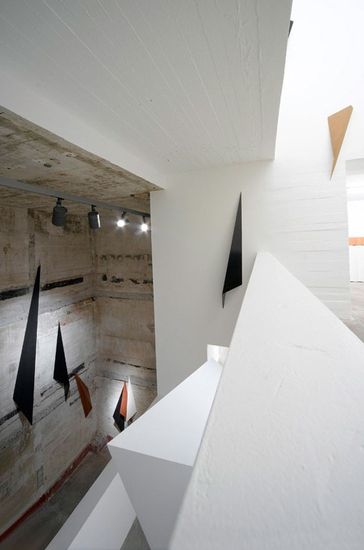
NDT: Do you foresee the collection expanding beyond the building or into virtual exhibition space?
KL & CB: We believe in seeing and tangibly experiencing art in the real world – on the wall or in a specific space. For this reason, we won't expand into the virtual world. Our building allows us to make changing exhibitions and to show the collection with different aspects.
Christian Boros acquired The Bunker in 2003 and selected Jens Casper (Realarchitektur) to lead its conversion. The new, 3000 square meter private museum took five years to complete and preserves the original building's character. All evidence of the war has been left on the outside, although on the inside one can still see the vestiges of its former lives.
The start of an unpredictable future, the building was constructed in 1941 under the supervision of Albert Speer. It was in line with the "Fuehrer's Immediate Programme" to serve as a railway station shelter against Allied air raids. Able to house up to 2000 people, the Red Army utilized the bunker as a prison after Germany surrendered. The Bunker's function changed yet again in the mid-1950s, and was turned into a store by the nationally owned Berlin fruit and vegetable conglomerate. The thick walls and an advanced ventilation system provided extremely reliable temperature control which was especially suited for storing tropical fruit. It thus garnered the moniker, 'Banana Bunker,' from the locals. After reunification, the physical uniqueness of The Bunker was repurposed once again as one of the most infamous techno and fetish clubs in the world. However, that party ended at The Bunker in 1996.
All Photographs are courtesy of/copyright The Boros Collection, 2011.
Contributing writer:Leah Stuhltrager
To visit the The Boros Collection, make an appointment online at: http://www.sammlung-boros.de

